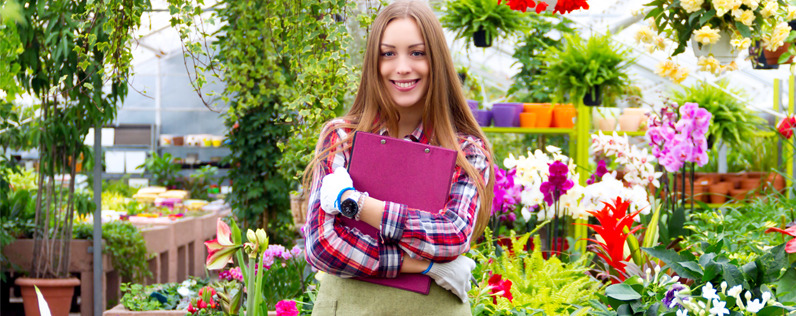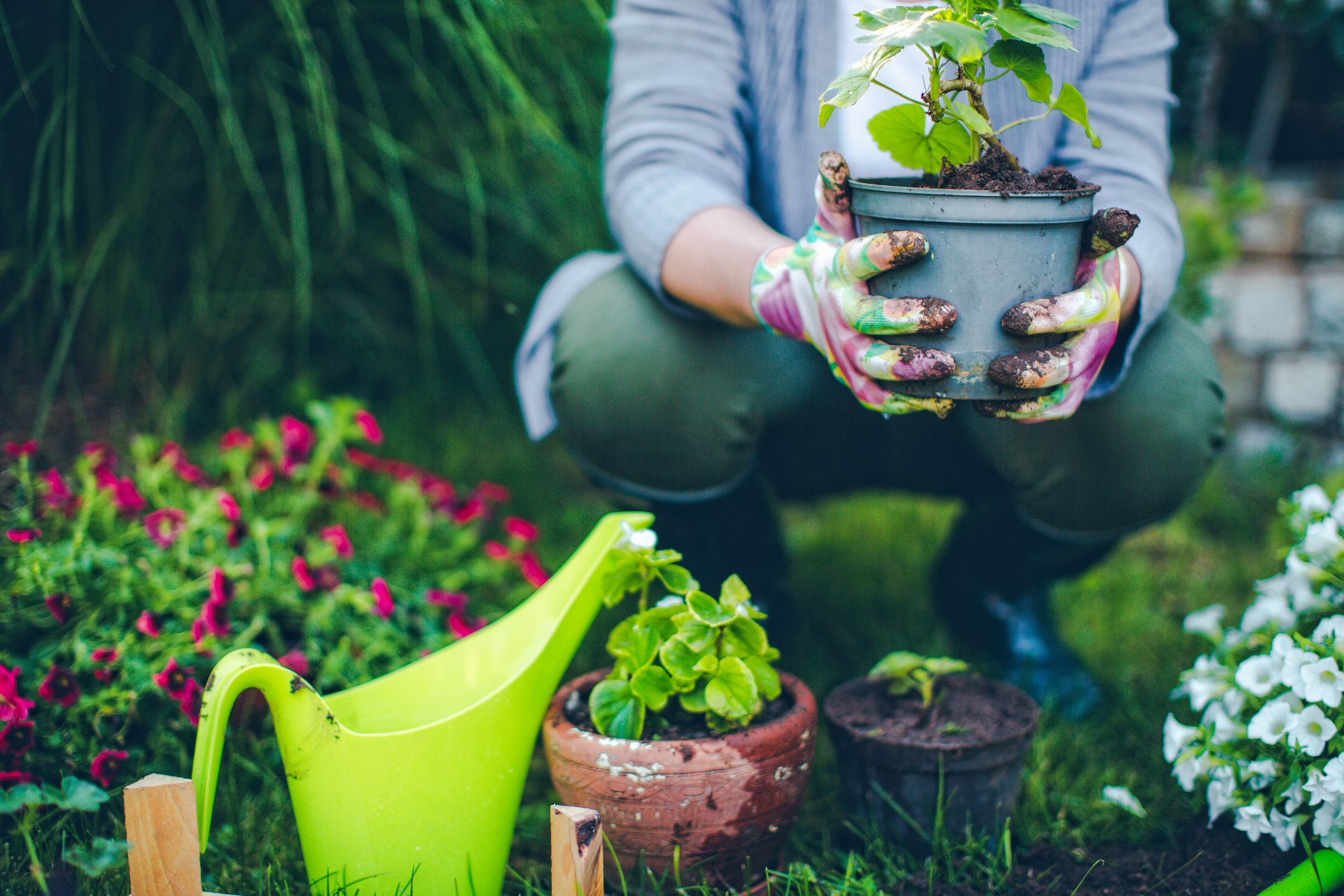A Comprehensive Guide to Starting Newbie Gardening in Small Spaces
Wiki Article
From Seed to Harvest: a Novice's Trip Into Gardening
From Seed to Harvest: A Newbie's Trip Into Gardening provides a interesting and thorough overview for those new to the world of gardening. This publication takes viewers via the whole process, starting from picking the appropriate seeds and preparing the dirt, to nurturing the growing plants and ultimately collecting and enjoying the homemade fruit and vegetables.Picking the Right Seeds
When beginning on the journey of gardening, picking the proper seeds is an important step for newbies to make sure successful cultivation. newbie gardening. The selection of seeds can considerably impact the total end result of a garden, as various ranges have differing development habits, disease resistance, and flexibility to certain environmentsTo begin, it is very important to think about the details goals and choices of the gardener. Are you thinking about expanding veggies, flowers, or herbs? Do you have a specific shade or flavor in mind? Comprehending these aspects will certainly help narrow down the choices and make the option process simpler.
Moreover, it is vital to study and choose seeds that are suitable for the local climate and expanding conditions. Some plants grow completely sunlight, while others like color or a specific sort of soil. By selecting seeds that are inherently adapted to the environment, beginners can conserve themselves from possible dissatisfaction and aggravation.

Preparing the Soil for Planting
After selecting the right seeds for your garden, the following critical action in the newbie's journey into gardening is preparing the dirt for growing. Appropriate soil preparation is essential for giving a productive and healthy environment for your plants to grow and grow.The primary step in preparing the soil is to eliminate any weeds, rocks, or debris that may hinder the development of your plants. This can be done by hand or with the assistance of gardening devices such as a garden or a trowel fork. As soon as the location is clear, it is essential to loosen the dirt by tilling or turning it over. This not just assists to separate any kind of compressed soil yet likewise improves oygenation and drainage.
Adding natural issue to the soil is another critical action in dirt preparation. Raw material, such as compost or well-rotted manure, enriches the soil with essential nutrients and enhances its structure. It likewise aids to keep dampness, which is crucial for plant development. Spread a layer of raw material over the tilled dirt and blend it in thoroughly.
Lastly, it is very important to evaluate the pH degree of the soil (newbie gardening). A lot of plants favor a slightly acidic to neutral pH variety. Modifications can be added to adjust the pH level as necessary. if the dirt is too acidic or alkaline.
Sowing and Caring for Plants
To make certain the successful growth of your plants, appropriate sowing and cautious nurturing of seed startings is vital, building on the dirt prep work discussed in the previous subtopic. Sowing plants is a critical action in the gardening process, as it sets the structure for healthy and solid plants. When sowing, it is important to follow the directions on the seed packets relating to growing deepness and spacing. This will certainly make sure that the seed startings have adequate room to expand and create effectively.
In addition to light, seed startings require constant wetness to flourish. Water the seedlings routinely, keeping the dirt uniformly damp but not waterlogged. Overwatering can lead to root rot, while underwatering can create the seed startings to pass away and wither.
To even more sustain the development of plants, provide them with a mild wind. This can be achieved by utilizing a tiny follower on a reduced setting. The breeze aids strengthen the stems of the plants, making them more resilient to wind and other environmental factors.
Supporting Your Expanding Plants
- As soon as your seed startings have actually germinated and begun to expand, it is important to offer appropriate care and interest to nurture their ongoing development. This includes offering appropriate water, sunshine, and nutrients, as well as shielding them from bugs and diseases.
2. Watering your expanding plants is important to their survival. Keep the dirt moist, however avoid overwatering, as it can bring about root rot. Water your plants on a regular basis, particularly during dry and warm periods, and ensure to water them at the base to prevent moistening the foliage, which can welcome fungal conditions.
Sunshine is an additional vital element for the healthy development of your plants. Guarantee that your plants are put in an area that gets adequate sunshine, and if you're growing them visite site inside your home, take into consideration using expand lights to supplement all-natural light.
4. Offering your plants with the appropriate nutrients is important for their growth. Use a balanced plant food or garden compost to improve the dirt, and adhere to the advised application prices. Additionally, consider using organic plant foods that are gentle on plants and the environment.
- Protecting your plants from bugs and diseases is critical to guarantee their wellness. Frequently inspect your plants for indications of infestation or condition, and take ideal procedures such as making use of natural insect control methods or getting rid of infected plants to stop the spread.
Harvesting and Enjoying Your Homegrown Produce
As soon as your plants have gotten to maturation, it's time to reap the incentives of your gardening initiatives by gathering and taking pleasure in the fruits (or vegetables) of your labor. Collecting is an important action in the horticulture process, as it allows you to appreciate the nutritious and fresh fruit and vegetables that you have actually grown. Before you start gathering, it is necessary to establish the ideal time for each and every plant. This can be figured out by observing the plant's physical look, such as the color, size, and appearance of the fruit or vegetable. Furthermore, you can describe the details guidelines provided on seed packages or gardening sources.Make use of a sharp pair of garden shears or scissors to cut the fruits or veggies from the plant. Be conscious not to draw or tug, as this can hurt the plant and minimize future return.
As soon as you have actually harvested your homegrown produce, it's time to enjoy the fruits of your labor. There's something extremely satisfying about enjoying the preference of a freshly-picked tomato or attacking into a crisp cucumber straight from your yard. Whether you select you can try this out to integrate your organic produce into tasty meals, share it with family and friends, or simply enjoy it as a healthy snack, the complete satisfaction of knowing that you figured in in its development is really satisfying. Take a minute to value the hard work and dedication that went right into your yard and pleasure in the flavors of your homemade harvest.
Final Thought

Some plants thrive in full sun, while others like color or a details kind of dirt.The initial step in preparing the soil is to get rid of any weeds, rocks, or particles that may prevent the development of your plants.To make certain the successful growth of your plants, appropriate sowing and mindful nurturing of seedlings is vital, developing upon the dirt prep work talked about in the previous subtopic. On a regular basis inspect your plants for signs of problem or condition, and take suitable steps such as utilizing organic bug control methods or eliminating contaminated plants to stop the spread.
In verdict, this beginner's trip right into gardening highlights the value of picking the best seeds, preparing the dirt, sowing and caring for seedlings, nurturing expanding plants, and ultimately, harvesting and appreciating the domestic fruit and vegetables.
Report this wiki page